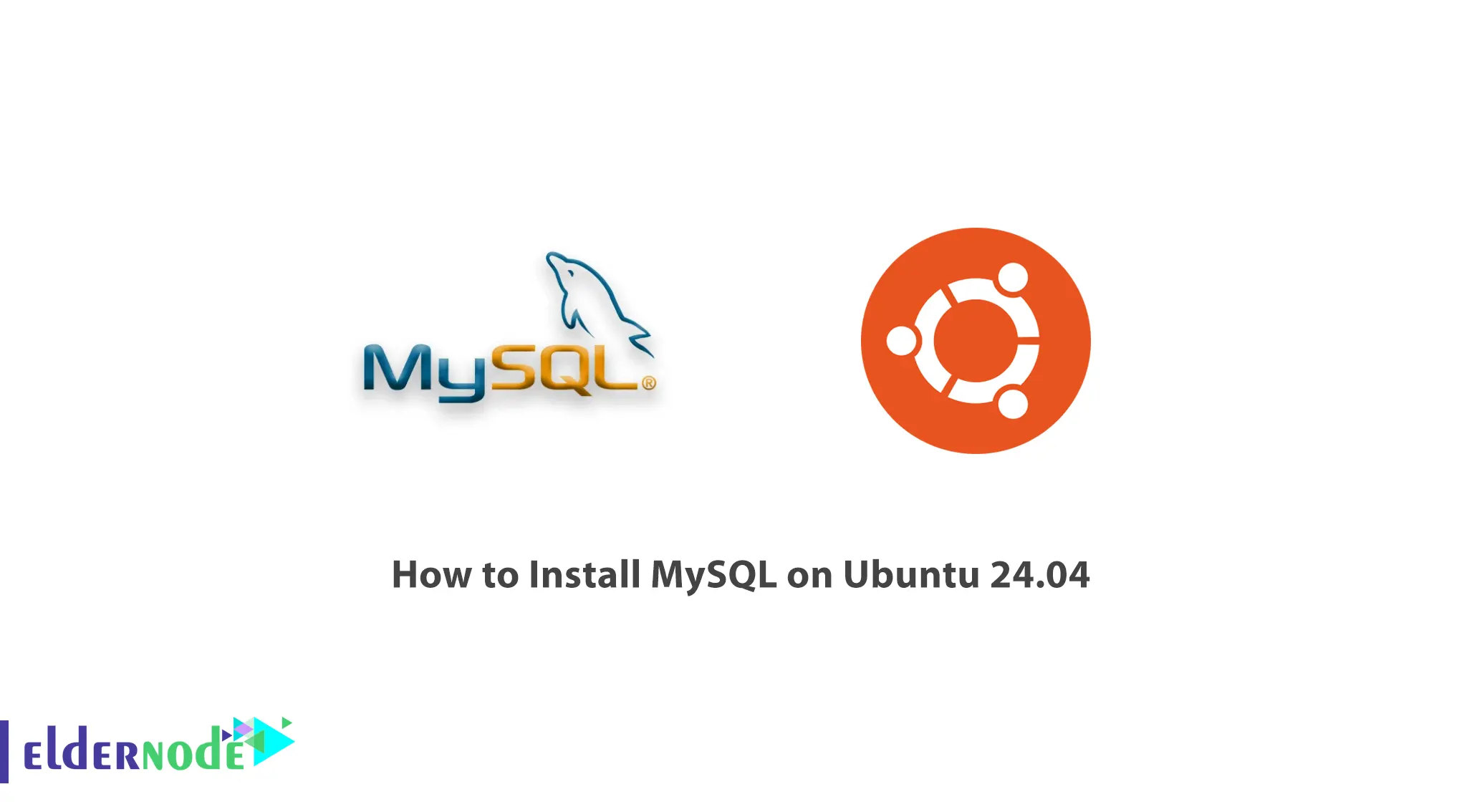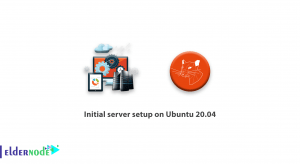
In this article, we shall detail the procedure of installing the MySQL client on Ubuntu 24.04 which is quite simple, in a matter of steps.
Upgrading the MySQL client is very important in the sense that, new updates, features, improvements and most importantly patches for security vulnerabilities are provided. But to a majority of users who in fact do not possess command line interface knowledge, upgrading the MySQL client on Ubuntu operating systems appears to be quite a tall order.
To make the steps easier, we shall analyze the procedure of MySQL client updating in detail in discrete steps. This is aimed at assisting users who have no experience in the use of Ubuntu Operating system as well as users who are knowledgeable of the OS in updating their MySQL clients.
Recommended Service: Linux VPS
Table of Contents
How to Check the current version of MySQL client on Ubuntu 24.04
It is necessary to note the installed version of the MySQL client prior to updating, as this informs the user on whether an update is needed in the first place as well as compatibility issues with other applications. In case one has such instructions open, they can go to the terminal and write the following:
mysql -VIn situations when there are other MySQL clients in focus or one is dubious about the version in use, they can check the installed packages through the APT package manager as well:
dpkg -l | grep mysql-clientYou will obtain a whole packet list of packages concerning the installed MySQL client complete with their various figures. This command is especially accommodating in situations when many MySQL instances are overseen. The version of currently installed applications is one of the first things that one ought to check in a bid to get the most recent features and security updates.
Steps to update MySQL client on Ubuntu 24.04
Step 1: The terminal can be opened by clicking on Ctrl+Alt+T buttons on the keyboard.
Step 2: Type the command provided below to refresh the repository.
sudo apt-get updateStep 3: After that, increase the versions of the already installed packages by the command below:
sudo apt-get upgradeStep 4: In order to only refresh the MySQL client, type the command below:
sudo apt-get install mysql-clientStep 5: For the confirmation, you will need to type ‘Y’ and press Enter.
Step 6: After the installation completes, confirm the installation by checking the version of the MySQL client. You can accomplish this by executing the following command:
mysql --versionStep 7: In case the version that appears is not the latest one, it would be necessary to configure the system so that it is able to receive the MySQL repositories.
Step 8: So as to set up the MySQL repositories, use commands as follows:
sudo apt-get install software-properties-commonsudo add-apt-repository ‘deb http://archive.ubuntu.com/ubuntu bionic main universe’Step 9: Run the command below to refresh the package list again:
sudo apt-get updateStep 10: At last, use command below to reinstall the MySQL clinet and have its latest version which is MySQL-client.
sudo apt upgrade mysql-client
Troubleshooting common issues during MySQL client update
Dependency errors are another problem which occurs due to presence of conflicting package versions or absence of some required packages. However, if you experience a dependency error during the update you could use the command:
sudo apt install -fAnother frequent problem is about the configuration of repositories. Check that your /etc/apt/sources.list contains the needed Mysql repositories. The official Mysql APT repository can be manually added according to the guidelines present at the Mysql official page.
Finally, in case of installation failures or a strange response to the command after updating, look for broken packages on your system. This may be performed by the command:
sudo dpkg ––configure –aThis command will try to resolve broken installations and configure packages which have been partially installed.
Conclusion
MySQL client update on Ubuntu 24.04 is an essential task which provides the advantage of enhanced features, performance optimization and security fixes. During the course of this article, we looked up the reasons as to why one would want to upgrade their MySQL client, different approaches to find their current version, and procedures required for APT package manager and manual upgrade. Furthermore, we also discussed how one could check the update, fix frequently occurring problems, and the best update management practices.




